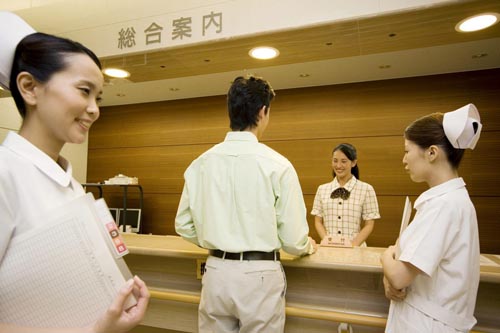According to a report released by China’s leading online travel marketplace, Ctrip, the Chinese medical tourism market grew by a staggering 500 percent to reach a total of 500,000 outbound medical trips in 2016. According to the report, medical tourism ranked as the fourth most interesting area of travel among Chinese tourists, and was the market segment with the highest level of growth this year.
For Chinese tourist destinations, it poses a potentially very lucrative market to target, with Ctrip reporting that the average Chinese medical tourist spending 50,000 Chinese yuan (US$7,194) on their trips. In comparison, Chinese travelers spend 26,000 yuan (US$3,741) on average during trips to Europe, and only about 18,000 yuan (US$2,590) for trips within Asia. In fact, the only type of trip with a higher reported average level of spending was polar tourism, with all other types of tourism amounting to a lower average expenditure per trip on Ctrip’s platform.
Citing its internal data, Ctrip reports that regular health checks made up the lion’s share of Chinese medical tourism in 2016, representing over 50 percent of all medical tourism trips for tourists originating in China. Higher-revenue medical tourism products that cater to more affluent Chinese tourists were also in vogue, with plastic surgery in South Korea one of the top medical tourism products on Ctrip in 2016. More advanced health checks, such as gene tests in the United States, were also popular in the higher-end of the market.
According to the Hurun Report, healthcare ranked the foremost topic of interest among Chinese high-net-worth individuals, with 50 percent of respondents citing healthcare as a topic of interest. This puts healthcare well and beyond both shopping and tourism in general among China’s wealthy, further underlining the importance of the Chinese healthcare market.
Among Ctrip’s customers, Japan was the most popular medical tourism destination in 2016, followed by South Korea,
the United States, Taiwan,
Germany, Singapore,
Malaysia,
Switzerland,
Thailand, and
India. Japan, an early mover in medical tourism, saw its government include medical tourism in its official growth strategy already back in 2010, and was one of the first destinations to introduce a specific visa for medical stays in 2011. Since then, Chinese tourists have come to dominate medical tourism in Japan, and the Japan National Tourism Administration has even issued a Chinese-language guide on how to enjoy healthcare services in Japan.
The biggest source markets in China for Ctrip’s outbound medical tourists were the first-tier cities of Beijing, Shanghai, and Shenzhen, together with the second-tier cities of Tianjin and Hangzhou—likely a reflection of the average level of affluence among these cities’ residents.
With concerns about the quality of healthcare steadfast, especially among the more affluent, as well as a growing number of medical tourism products catering to Chinese travelers around the world, there seem to be few reasons to believe that Chinese medical tourism won’t have another great year in 2017.
